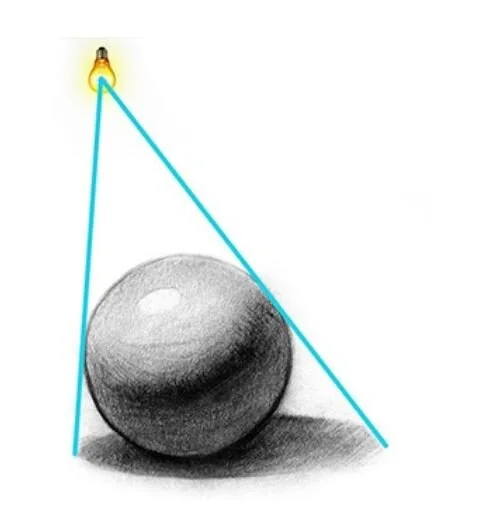Activities with Amber - Shading Art Tutorial
Hi families!
Long time no see! Thanks for hanging with us during this time and allowing us to come up with some brand new content! As we continue with virtual camp this summer, I thought it would be cool to start the month of June off with a series. This series that we are going to start together is going to be all about the BASICS. This means that during this month, we won’t be making any more rad projects like wind chimes or bird feeders (boooo) but we also won’t be scavenging the house for a crazy list of supplies (yayy!)!
Over the next few weeks, I am going to teach your young artist some of the most basic things that they can create when feeling ~creative~. The weekly zoom classes are now going to feature more tips and step by step instructions to help advance their technique.
Listed below are some of the fun things we will learn together:
Shading! I will give a short how-to in shading, where to shade, and how to do this effectively.
Self-portraits! We’ll learn all about the facial features and how symmetry plays a role in our faces.
Landscape paintings! We will learn about perspective, and foreground/ background in a landscape.
Lettering! We will learn some basics of calligraphy, black letters, and how shadows work.
Animals! I will give some quick tutorials on how to create some cartoon-like animals.
The best part of this new series is that your artist can bring whatever medium (art materials) they feel comfortable with, or whatever you have in your house. Some days I might be doing the tutorial with paint, but other days I might try out with some crayons or colored pencils!
For next week’s art class: SHADING!!
This may seem like a simple concept, but it is one that can turn any piece of artwork from flat 2D to an exciting 3D. We use shading in every art piece because when drawn, nothing is a flat color. All artwork is made up of lighting and shading, and when the light source is blocked, we see a shadow. We can look at any object in our house right now and see that the side closest to the window or a lamp is lighter in color than the opposite side.
For our zoom class, we will work simple and start out with shading a circle so that it becomes a sphere. Below is a picture that I will use to help explain how a light source casts shadows on a sphere. Below is a picture that you can print out for your artist to use during the class, but they are able to freehand the circles as well if you are unable to print out the picture.
I hope you all have enjoyed our activities so far, I know we are so excited to hang out with you guys through zoom all summer! See you next week!


